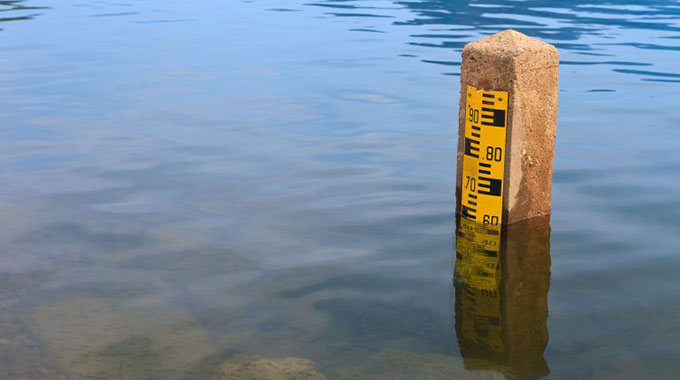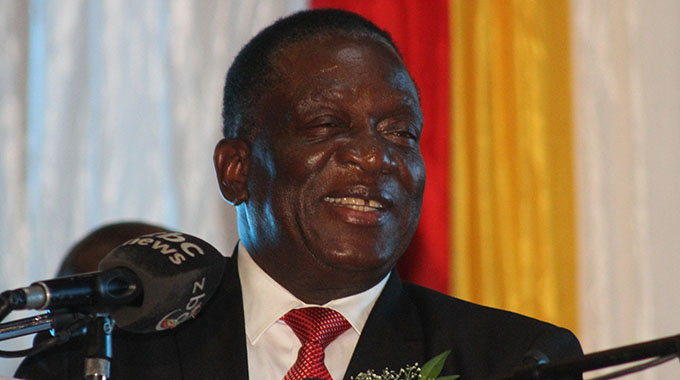Major dam levels drop, livestock in distress

Elita Chikwati Senior Agriculture Reporter
Major dams’ water levels have declined to an average of 70 percent, as the condition of livestock in the southern parts of the country has started deteriorating due to high temperatures and the shortage of pastures. There has been a steady decline in dam levels as a result of stoppage of river flows in many parts of the country.
Zimbabwe National Water Authority (Zinwa) corporate communications manager, Mrs Marjorie Munyonga, yesterday confirmed that dam levels were now on the downward trend due to rising temperatures and intensification of irrigation activities in most parts of the country.
“Despite this decline, Zinwa wishes to assure the nation that the water in the dams is sufficient to meet the country’s domestic and irrigation requirements,” she said.
“As at November 9, 2018, the national dam level average was 70 percent. Manyame Catchment is at 86,1 percent, followed by Mazowe Catchment 84,3 percent, Sanyati Catchment 76,3 percent, Save Catchment 73,3 percent Mzingwane’s 71,3 percent, Runde Catchment 62,8 percent and Gwayi recording the lowest average of 55,4 percent.”
The condition of livestock in the southern parts of the country has started deteriorating and farmers are beginning to get worried.
Zimbabwe Farmers’ Union president, Mr Abdul Nyathi, yesterday said the situation was worsened by the decline in the dam, river and borehole water levels.
“Livestock situation is deteriorating in the southern parts of the country,” he said.
“The situation is bad in Beitbridge. Some rivers, dams and boreholes water levels have declined and livestock cannot have enough drinking water.
“There are no pastures and farmers are also facing difficulties feeding their cattle.”
Mr Nyathi said providing supplementary feeding for livestock was difficult as retailers were charging in foreign currency.
“The prices of stock feeds has gone up by more than 300 percent,” he said.
“The retailers are demanding foreign currency and this is making the situation worse.
“We were hoping by this time we could have received some rains and the situation could improve, but it has not rained.”
Zimbabwe is expected to receive erratic rains throughout the 2018 /19 season.
The Meteorological Services Department said the 2018 /19 rainfall season is expected to be erratic in space and time.
Meaningful rains are expected at the end of November into December.










Comments